1. Complete Roadmap to the Mobile App Development Process
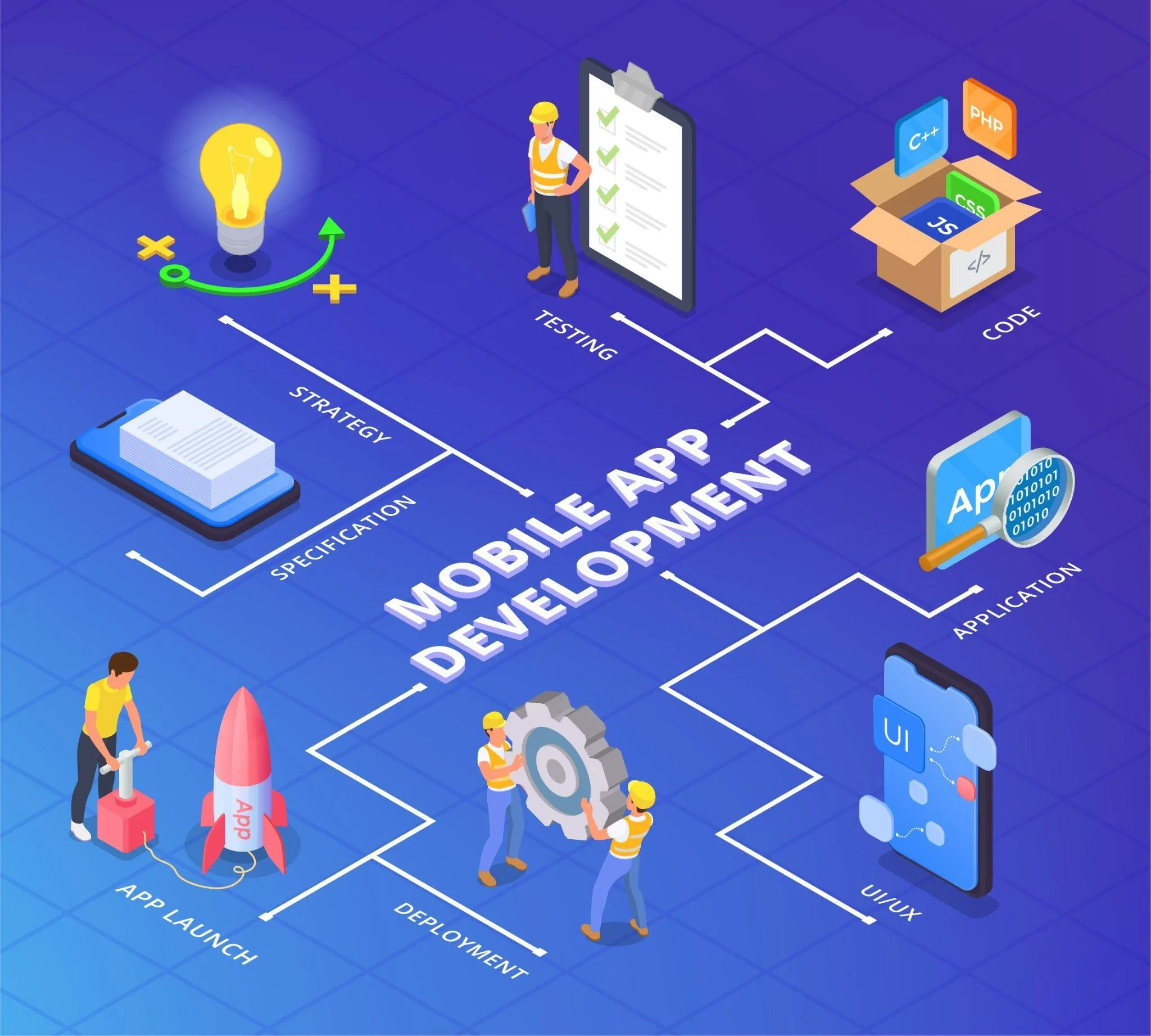
2. Consumer Mobile Apps vs. Enterprise Mobile Apps
3. Seven Essential Stages of the Mobile App Development Process
- 1. Strategic Planning
- 2. Research and Planning
- 3. UI/UX Design
- 4. App Development
- 5. Mobile App Testing
- 6. Deployment
- 7. Long-term Support and Prrformance
3.1 Strategic Planning
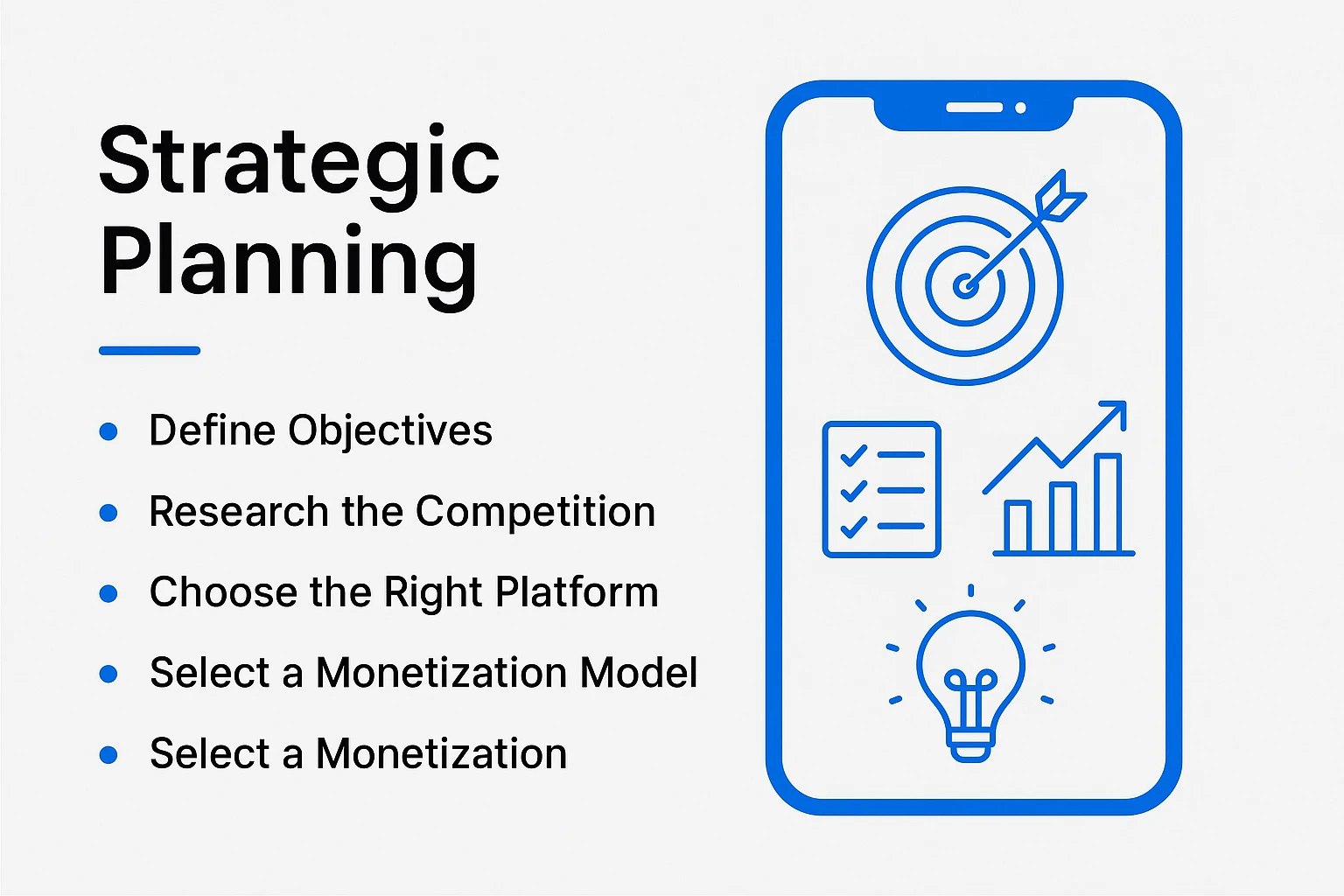
3.1.1 Define Objectives
Ask yourself:
- • What problem does the app solve?
- • Who will be the end-user of this app?
- •What ultimate goal do I want to reach?
- Even if you have a good idea, it is still valuable to write down objectives, fully taking away all ambiguity, so you can keep the entire development process on track to achieve your objectives.
3.1.2 Research the Competition
Ask yourself questions like:
- • Is there an app that serves a similar purpose?
- • How is that app doing in terms of number of downloads and reviews?
- • What can we learn from what they did or didn’t do?
3.1.3 Choose the Right Platform
3.1.4 Select a Monetization Model
Some popular models include:
- • In-app advertising
- • In-app purchases
- Subscriptions
- • Affiliate marketing
- • Paid download
3.2 Research and Planning
3.2.1 Define Functional and Non-Functional Requirements
3.2.2 Create the Product Roadmap
3.2.3 Choosing a Technology Stack
3.3 UI/UX Design
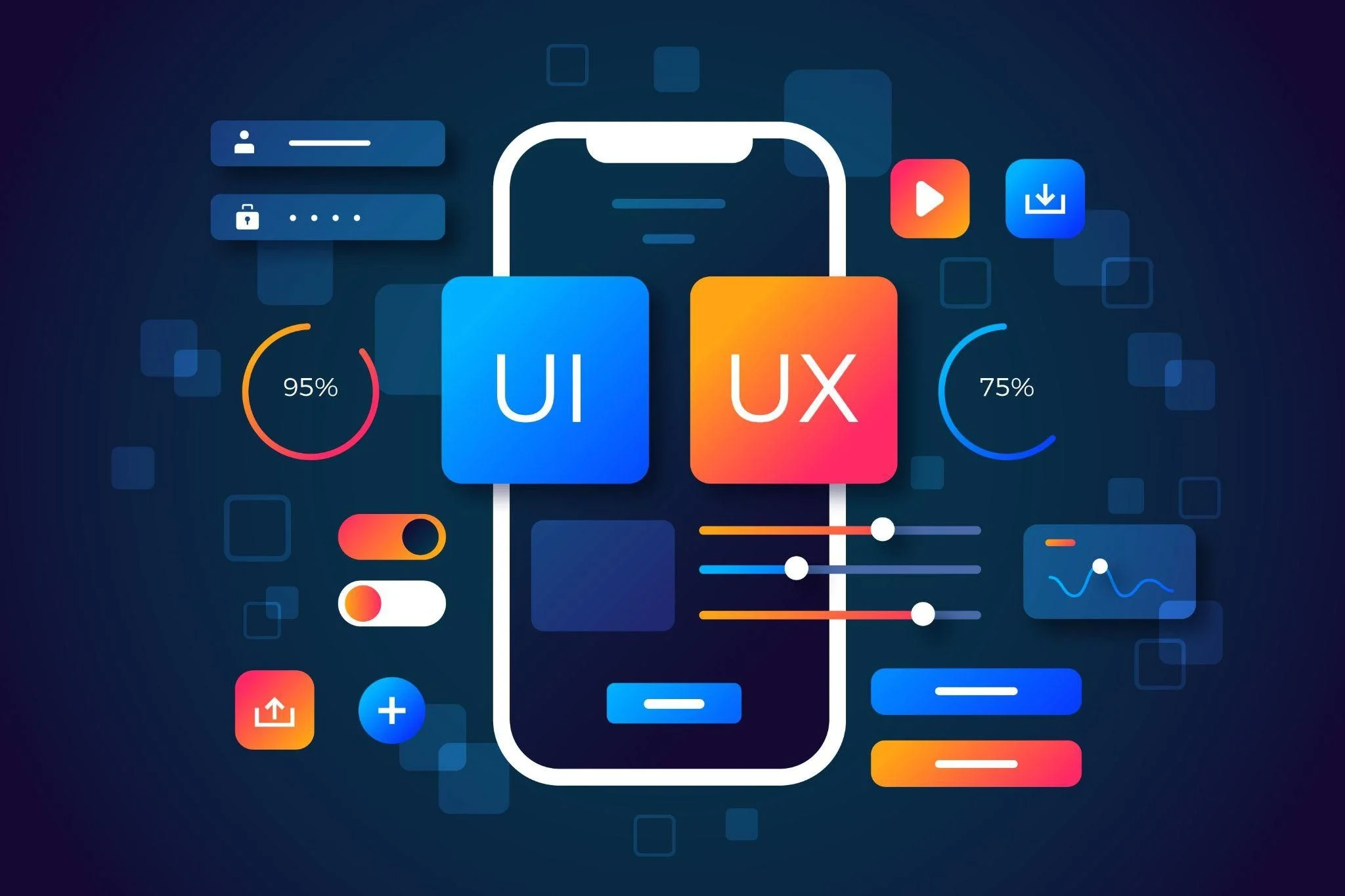
3.3.1 Information Architecture & Workflows
3.3.2 Wireframe
3.3.3 Style Guides
3.3.4 Mockups
3.3.5 Prototypes
3.4 App Development
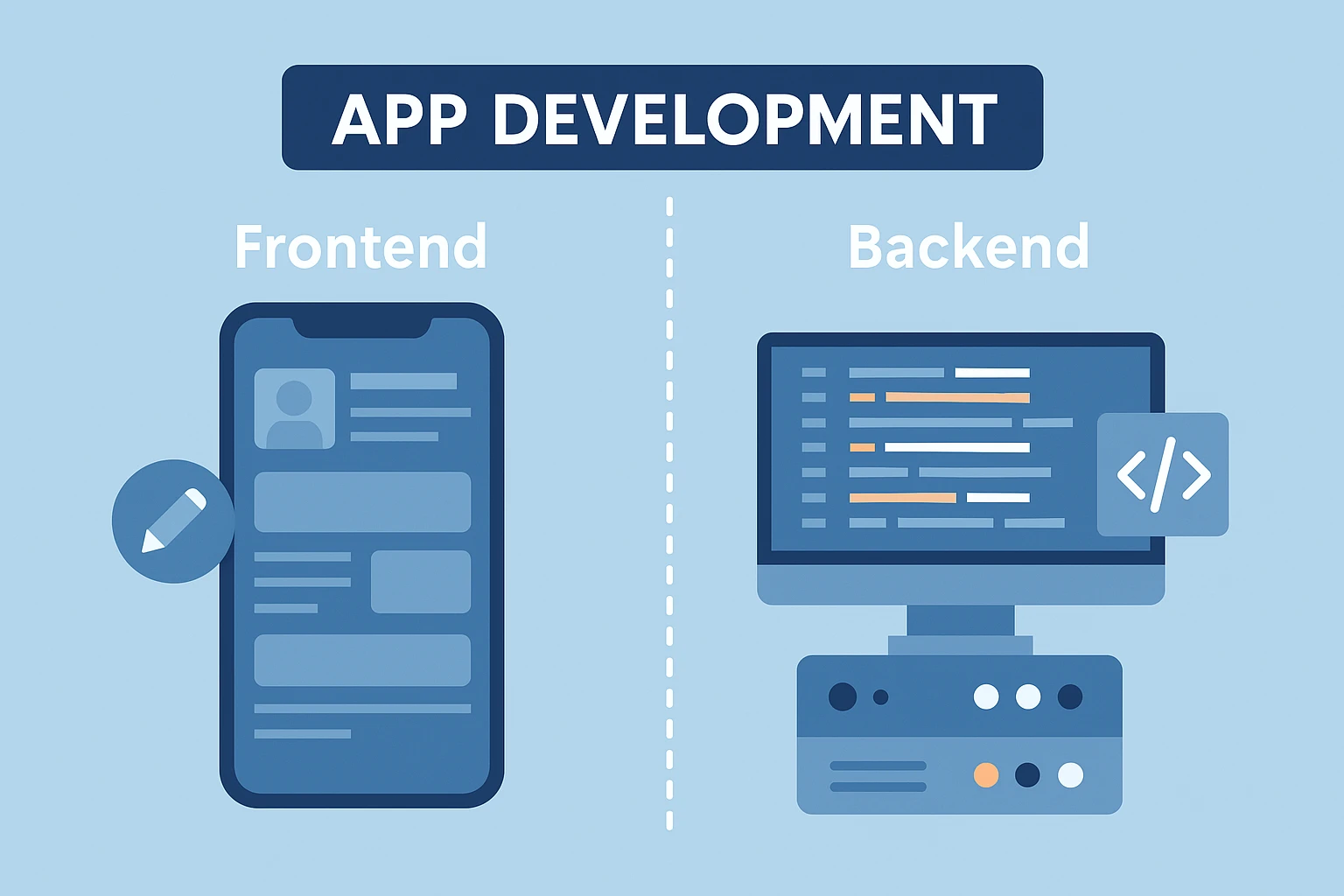
3.4.1 Backend Development
3.4.2 Frontend Development
3.4.3 Platform-Specific or Native Apps
3.4.4 Cross-Platform Apps
3.4.5 Hybrid Apps
3.5 Mobile App Testing
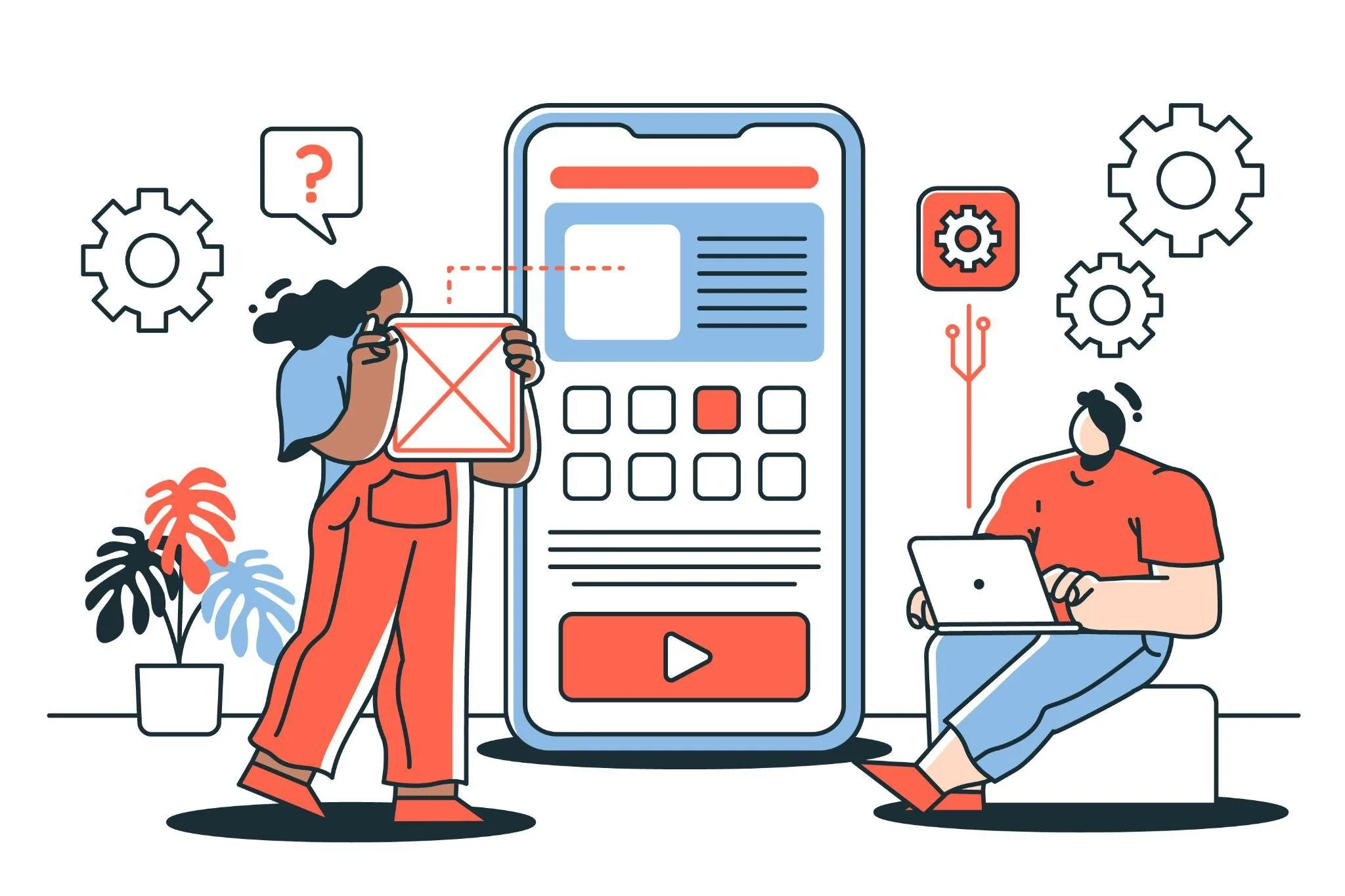
3.5.1 Functionality Testing
3.5.2 Performance Testing
3.5.3 Security Testing
3.5.4 Platform and Device Compatibility
3.5.5 Updated User Testing
3.6 Deployment
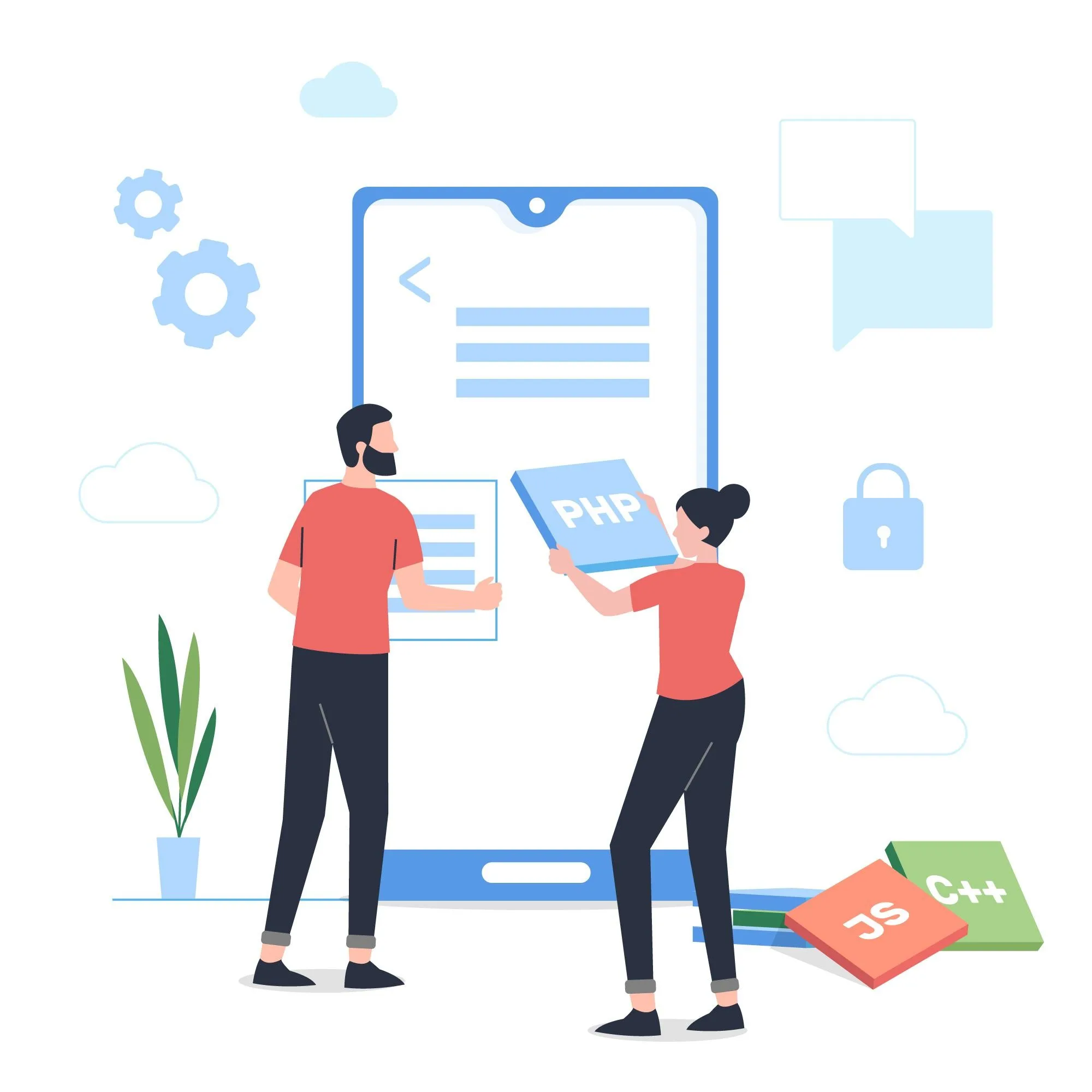
3.7 Long-term Support and Performance
Here are the KPIs you should focus on: - ● App downloads
- ● Active users
- ● Average visit time
- ● Retention
- ● Churn
- ● Conversions
- ● Customer lifetime value
- ● Ratings
- ● Reviews
In addition, you will monitor crashes, bugs, user feedback, and performance on the app. This data will be valuable for you during the ongoing iterative process in improving the user experience.Keep in mind, launching the app is just the beginning. Mobile apps require updates to keep compatibility with evolving and changing operating systems and to comply with store guidelines and performance. If you are not regularly updating and taking precautions, your investment will disappear quickly. You also want to consider how you will maintain the app as it continues to function. You can perform ongoing updates in-house or hire a reliable development partner. The software development company you partner with will be able to provide post-launch app maintenance to help you respond to app updates in a timely manner.
- ● App downloads
- ● Active users
- ● Average visit time
- ● Retention
- ● Churn
- ● Conversions
- ● Customer lifetime value
- ● Ratings
- ● Reviews
In addition, you will monitor crashes, bugs, user feedback, and performance on the app. This data will be valuable for you during the ongoing iterative process in improving the user experience.Keep in mind, launching the app is just the beginning. Mobile apps require updates to keep compatibility with evolving and changing operating systems and to comply with store guidelines and performance. If you are not regularly updating and taking precautions, your investment will disappear quickly. You also want to consider how you will maintain the app as it continues to function. You can perform ongoing updates in-house or hire a reliable development partner. The software development company you partner with will be able to provide post-launch app maintenance to help you respond to app updates in a timely manner.
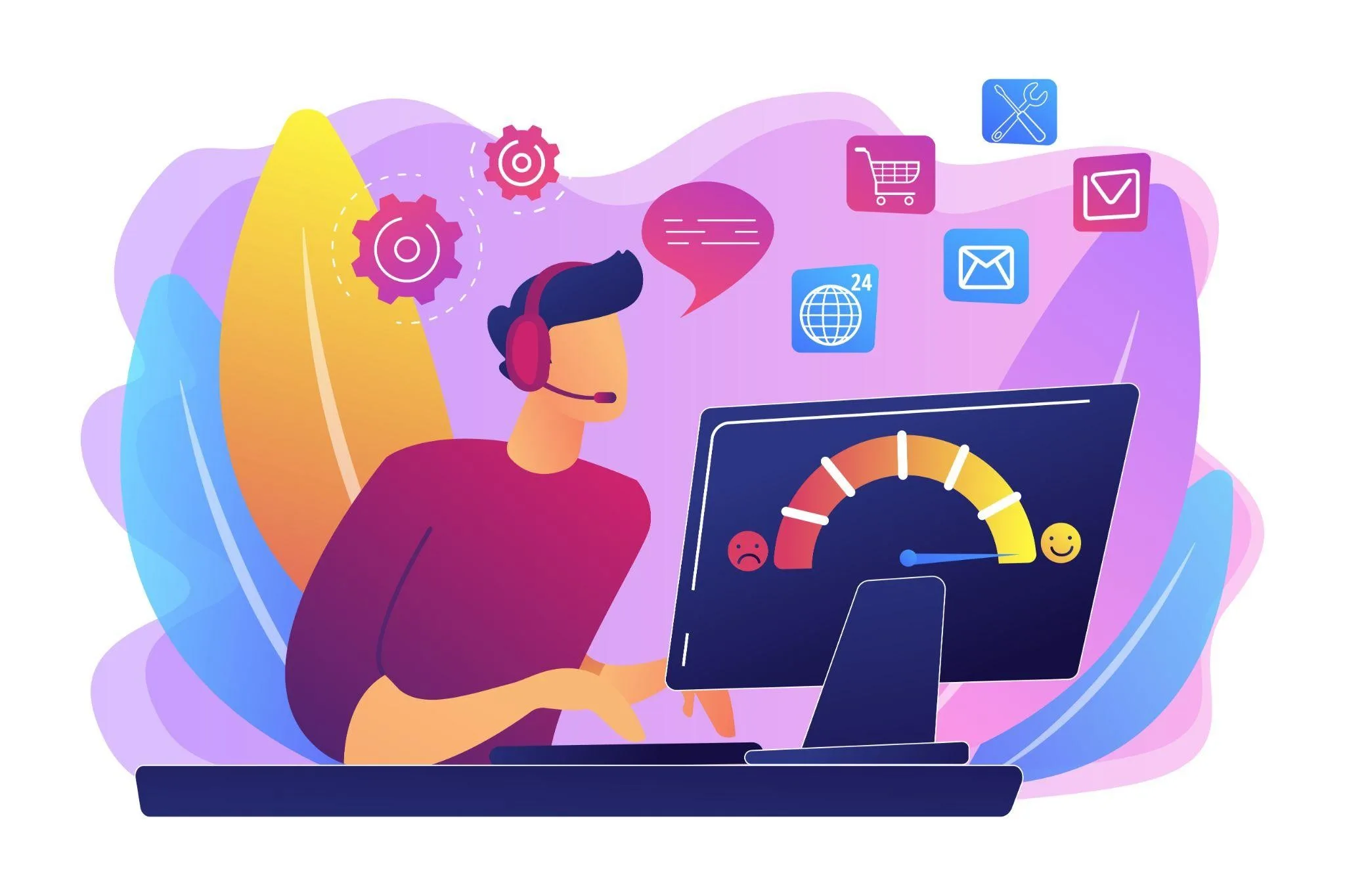

The Author
Ramkumar Pichandi
Founder,Rytsense Technolgies
I’m a founder who builds for one reason → To solve real bottlenecks with real technology.
